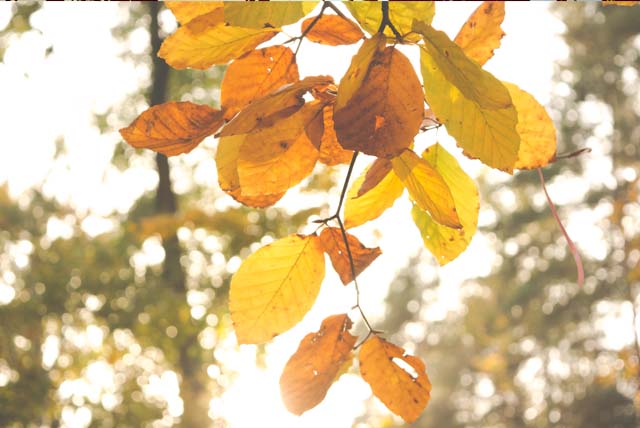YIN: The Autumn Yoga

Autumn is the season of the year where the biggest changes and transformation take place, not only in nature but within ourselves as well. You can already see the change in climate; the trees begin to lose their leaves, the crops begin to lose their abundance and from one way or another, these changes also affect our physical bodies.
Therefore, it is nature that calls us to look inside and find our true selves. It’s a time to dedicate ourselves to creative processes, the mantras and to personal cleansing of the emotional and mental blockages that keep us holding on to the sadness and darkness of winter. It is the ideal time to let go.
To take full advantage of this fall we need to focus on these changes from an internal and external standpoint. Practicing yoga is what opens the door to achieve such a new found balance between the mind, body and soul. YIN YOGA in particular, is a style of hatha yoga that based on light and passive postures which are held for anywhere between 3 and 5 minutes. This style of yoga consists of a specific sequence of postures designed to stimulate certain meridians, or subtle channels, just like the ones that make up the study of Tradition Chinese Medicine (TCM). These postures allow us to embark on a profound journey to the crossroad where the breath, silence and the song of the mantras all meet reuniting the physical body with that of the mind and soul. With YIN the ligaments, bones and articulation centers work along side the nerves and blood vessels.
Although YIN focuses greatly on physical progression, the real motive is to evolve the deeper levels of the 3 bodies: the physical, which needs water, air and food to survive; the astral which contains and guards our emotions and the causal which is our natural layer protecting the true source of YIN. This is why the physical benefits of YIN yoga are so prominent. These prolonged postures regenerate our connective tissue and rehabilitates articulation. The movement inside of the muscles is steady and the bone is what actually does the work to align the structural body.
Speaking of YIN, we remember the Taoists, who would use the word to refer to the polar opposite of YANG. YIN represents the feminine energy, solidity, esthetic, intangibility, and what lies most internal. The American, Paul Grilley adopted this term to denominate this style of passive yoga that solely works the bones, ligaments and the body’s articulation. YANG is the opposite, which represents movement and focuses on working the muscles and tendons. Another fundamental yogic master is Hiroshi Motoyama who dedicated this style of yoga to be one of the most practiced in the oriental world.
Therefore, if you would like to allow your internal energies flow, understand your personal issues, and experience profound meditation, consider the practice of this sweet discipline allowing your internal sound to sing loud.
